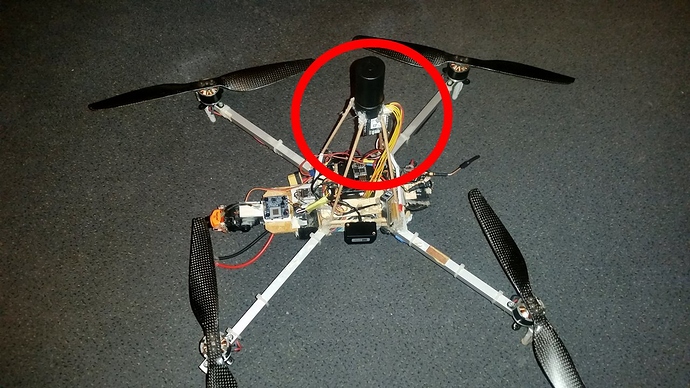Hi Greg,
Thanks for your information on the maximum current flow with 6s.
About the RTK GPS:
It is a u-blox F9P from Ardusimpl: the simpleRTKBLite (https://www.ardusimple.com/product/simplertk2blite/ ) with Helix antenna (https://www.ardusimple.com/product/helical-antenna/ ) , so far mounted on a small quadcopter.
Together with a laser altimeter I have measured the altitude differences of the runway on our model airfield and in the approach corridor.
In my region a close meshed NTRIP correction signal is available free of charge. Missionplanner (GCS with internet access) then sends the correction signal via Mavlink to the flight controller. Herewith a RTK-FIX with basic setting of Arduplane is easy. The position accuracy is actually in the centimeter range. The M9N, on the other hand, is in the single-digit meter range. Tridge had made extensive comparative measurements: Big GPS Round Up
Without correction signal, M9N and F9P are certainly not far apart.
I expect that the Fighter will really land with decimeter accuracy and not with “accuracy” of several meters when landing automatically.
Cheers!
